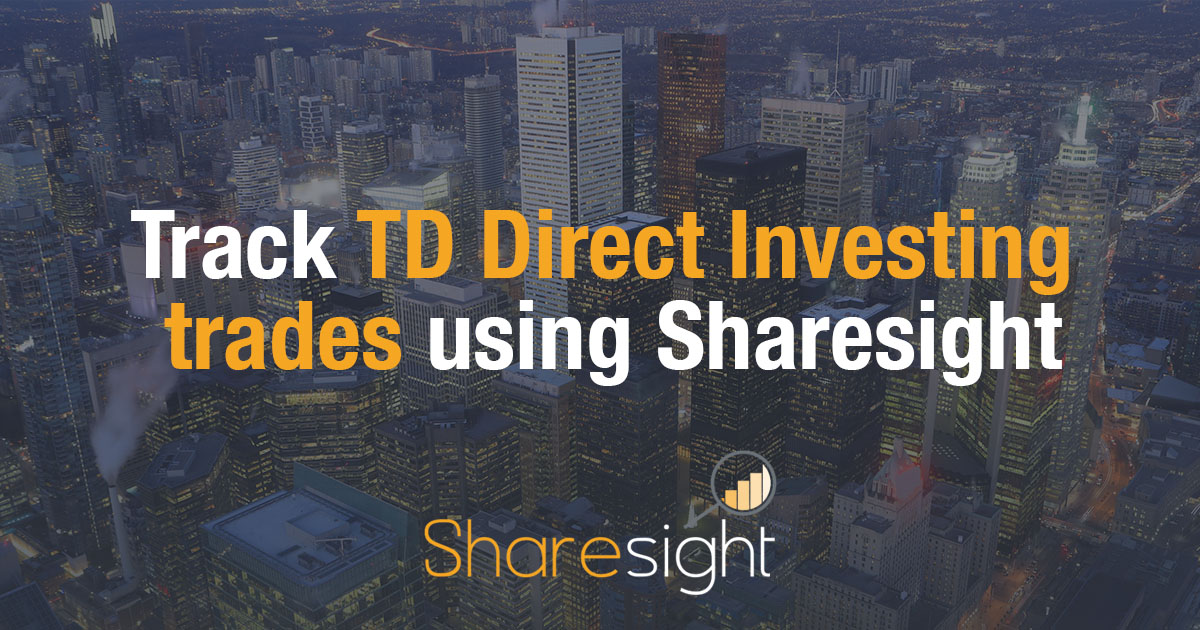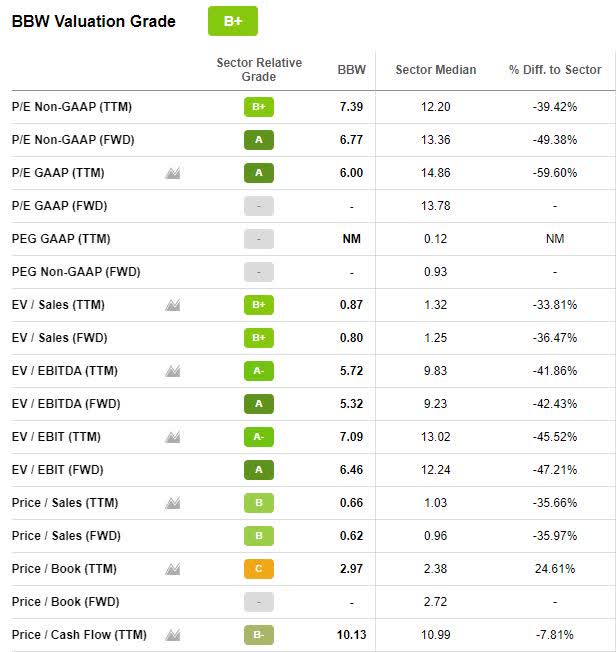
What is asset allocation? It is simply the process of allocating your money among different asset classes. This includes stocks, bonds and cash. It is difficult to know how to allocate your money. Once you've determined what risks you are comfortable taking, it is possible to start dividing your money accordingly. Read on to find out more! Hopefully, this article has answered your question.
Asset allocation involves the process of allocating your money to one or more of the secondary asset classes (stocks, bonds, cash)
Investors may wonder how to allocate their money so that they can achieve their financial goals. The answer to this question depends on your individual circumstances. Asset allocation is multi-step and requires you to balance risk and reward. You might want to invest across multiple asset classes. Your risk tolerance, timeframe, investment goals and other factors will all affect the relative proportions.

It depends on your risk tolerance
Your risk tolerance may be higher or lower depending on your financial security and age. A high risk tolerance could mean you have more confidence in your investments and are less worried about losing your money. Low risk tolerance means that you would invest less in bonds and stocks, but would still have more of each. When selecting an investment, you should consider your risk tolerance.
It isn't a one-time fix-it-and-forget process
When analyzing your portfolio, you may find that you have under or over-allocated assets. Your allocations should be adjusted regularly to keep them in line with your current and future needs. If you have any questions, a financial advisor can help you. There are many options for asset allocation. Your individual risk tolerance and situation will dictate which one you choose.
It is a complex process
Asset allocation involves the division of your investment money among the different assets available on the market. These assets can be classified into three main classes: stocks and bonds. Some assets are also suitable but stocks, bond, and cash are most commonly chosen. Asset allocation has two main goals: to minimize volatility and maximize return. Your investment goals, risk tolerance, as well as your investment horizon, will affect the distribution of your portfolio. These factors may vary between people, so it is important that you understand how they affect your strategy.
It is an essential component of any investment strategy
An asset allocation strategy allows you to split your investments among different assets in order reduce risk and maximize your reward. Asset allocation allows you to consider your time frame, risk tolerance, liquidity needs, and other factors in order to decide the appropriate proportion of each asset. It also allows you to account for unexpected expenses. Here are some basics to help you get started with asset allocation.

It affects your portfolio's performance
To maximize your return relative your risk tolerance, it is vital to know how your assets should be allocated when you invest. A blend of assets can be used to lower risk and increase return. This is an efficient asset allocation strategy. You can achieve this by using ETFs and mutual funds. Asset allocation may also offer diversification. ETFs are a great way to diversify while keeping your focus on specific stocks.
FAQ
How does Inflation affect the Stock Market?
Inflation is a factor that affects the stock market. Investors need to pay less annually for goods and services. As prices rise, stocks fall. This is why it's important to buy shares at a discount.
What is a REIT?
An REIT (real estate investment trust) is an entity that has income-producing properties, such as apartments, shopping centers, office building, hotels, and industrial parks. These companies are publicly traded and pay dividends to shareholders, instead of paying corporate tax.
They are similar companies, but they own only property and do not manufacture goods.
What is the difference in a broker and financial advisor?
Brokers are specialists in the sale and purchase of stocks and other securities for individuals and companies. They handle all paperwork.
Financial advisors have a wealth of knowledge in the area of personal finances. They are experts in helping clients plan for retirement, prepare and meet financial goals.
Financial advisors may be employed by banks, insurance companies, or other institutions. Or they may work independently as fee-only professionals.
You should take classes in marketing, finance, and accounting if you are interested in a career in financial services. You'll also need to know about the different types of investments available.
Why is a stock security?
Security is an investment instrument whose worth depends on another company. It can be issued as a share, bond, or other investment instrument. If the asset's value falls, the issuer will pay shareholders dividends, repay creditors' debts, or return capital.
How Share Prices Are Set?
Investors set the share price because they want to earn a return on their investment. They want to make a profit from the company. They then buy shares at a specified price. The investor will make more profit if shares go up. Investors lose money if the share price drops.
Investors are motivated to make as much as possible. They invest in companies to achieve this goal. They are able to make lots of cash.
Are bonds tradeable?
Yes, they do! You can trade bonds on exchanges like shares. They have been trading on exchanges for years.
They are different in that you can't buy bonds directly from the issuer. They must be purchased through a broker.
This makes it easier to purchase bonds as there are fewer intermediaries. This also means that if you want to sell a bond, you must find someone willing to buy it from you.
There are many types of bonds. There are many types of bonds. Some pay regular interest while others don't.
Some pay quarterly interest, while others pay annual interest. These differences make it possible to compare bonds.
Bonds are great for investing. For example, if you invest PS10,000 in a savings account, you would earn 0.75% interest per year. The same amount could be invested in a 10-year government bonds to earn 12.5% interest each year.
If all of these investments were put into a portfolio, the total return would be greater if the bond investment was used.
Statistics
- US resident who opens a new IBKR Pro individual or joint account receives a 0.25% rate reduction on margin loans. (nerdwallet.com)
- For instance, an individual or entity that owns 100,000 shares of a company with one million outstanding shares would have a 10% ownership stake. (investopedia.com)
- Our focus on Main Street investors reflects the fact that American households own $38 trillion worth of equities, more than 59 percent of the U.S. equity market either directly or indirectly through mutual funds, retirement accounts, and other investments. (sec.gov)
- Ratchet down that 10% if you don't yet have a healthy emergency fund and 10% to 15% of your income funneled into a retirement savings account. (nerdwallet.com)
External Links
How To
How to open a trading account
It is important to open a brokerage accounts. There are many brokers available, each offering different services. Some have fees, others do not. Etrade, TD Ameritrade and Schwab are the most popular brokerages. Scottrade, Interactive Brokers, and Fidelity are also very popular.
Once you have opened your account, it is time to decide what type of account you want. Choose one of the following options:
-
Individual Retirement Accounts, IRAs
-
Roth Individual Retirement Accounts (RIRAs)
-
401(k)s
-
403(b)s
-
SIMPLE IRAs
-
SEP IRAs
-
SIMPLE 401K
Each option offers different advantages. IRA accounts provide tax advantages, however they are more complex than other options. Roth IRAs give investors the ability to deduct contributions from taxable income, but they cannot be used for withdrawals. SIMPLE IRAs can be funded with employer matching funds. SEP IRAs work in the same way as SIMPLE IRAs. SIMPLE IRAs are simple to set-up and very easy to use. They enable employees to contribute before taxes and allow employers to match their contributions.
You must decide how much you are willing to invest. This is the initial deposit. Many brokers will offer a variety of deposits depending on what you want to return. Based on your desired return, you could receive between $5,000 and $10,000. The lower end represents a conservative approach while the higher end represents a risky strategy.
You must decide what type of account to open. Next, you must decide how much money you wish to invest. Each broker has minimum amounts that you must invest. These minimums vary between brokers, so check with each one to determine their minimums.
After you've decided the type and amount of money that you want to put into an account, you will need to find a broker. Before you choose a broker, consider the following:
-
Fees - Be sure to understand and be reasonable with the fees. Many brokers will offer trades for free or rebates in order to hide their fees. Some brokers will increase their fees once you have made your first trade. Avoid any broker that tries to get you to pay extra fees.
-
Customer service – You want customer service representatives who know their products well and can quickly answer your questions.
-
Security - Select a broker with multi-signature technology for two-factor authentication.
-
Mobile apps – Check to see if the broker provides mobile apps that enable you to access your portfolio wherever you are using your smartphone.
-
Social media presence – Find out if your broker is active on social media. If they don't, then it might be time to move on.
-
Technology - Does the broker utilize cutting-edge technology Is the trading platform user-friendly? Are there any issues when using the platform?
Once you have selected a broker to work with, you need an account. Some brokers offer free trials. Others charge a small amount to get started. You will need to confirm your phone number, email address and password after signing up. Next, you'll have to give personal information such your name, date and social security numbers. You'll need to provide proof of identity to verify your identity.
After you have been verified, you will start receiving emails from your brokerage firm. You should carefully read the emails as they contain important information regarding your account. This will include information such as which assets can be bought and sold, what types of transactions are available and the associated fees. Keep track of any promotions your broker offers. These could be referral bonuses, contests or even free trades.
The next step is to create an online bank account. An online account is typically opened via a third-party site like TradeStation and Interactive Brokers. These websites can be a great resource for beginners. When opening an account, you'll typically need to provide your full name, address, phone number, email address, and other identifying information. After all this information is submitted, an activation code will be sent to you. This code will allow you to log in to your account and complete the process.
You can now start investing once you have opened an account!